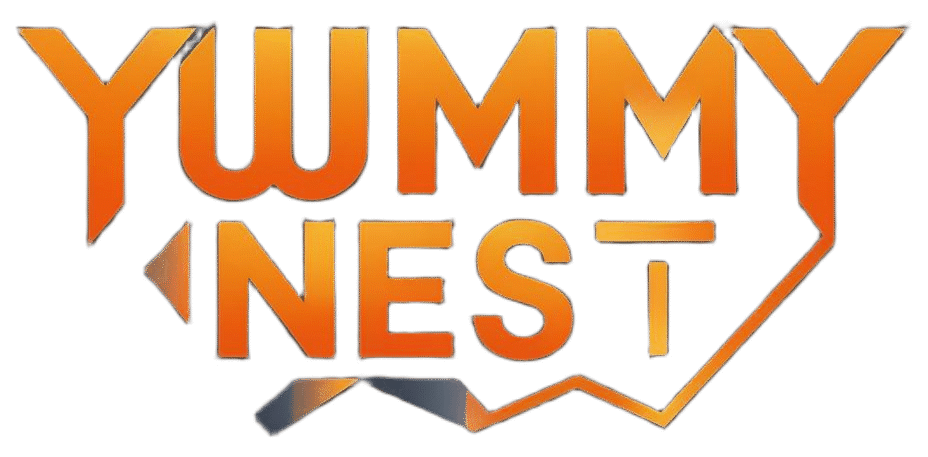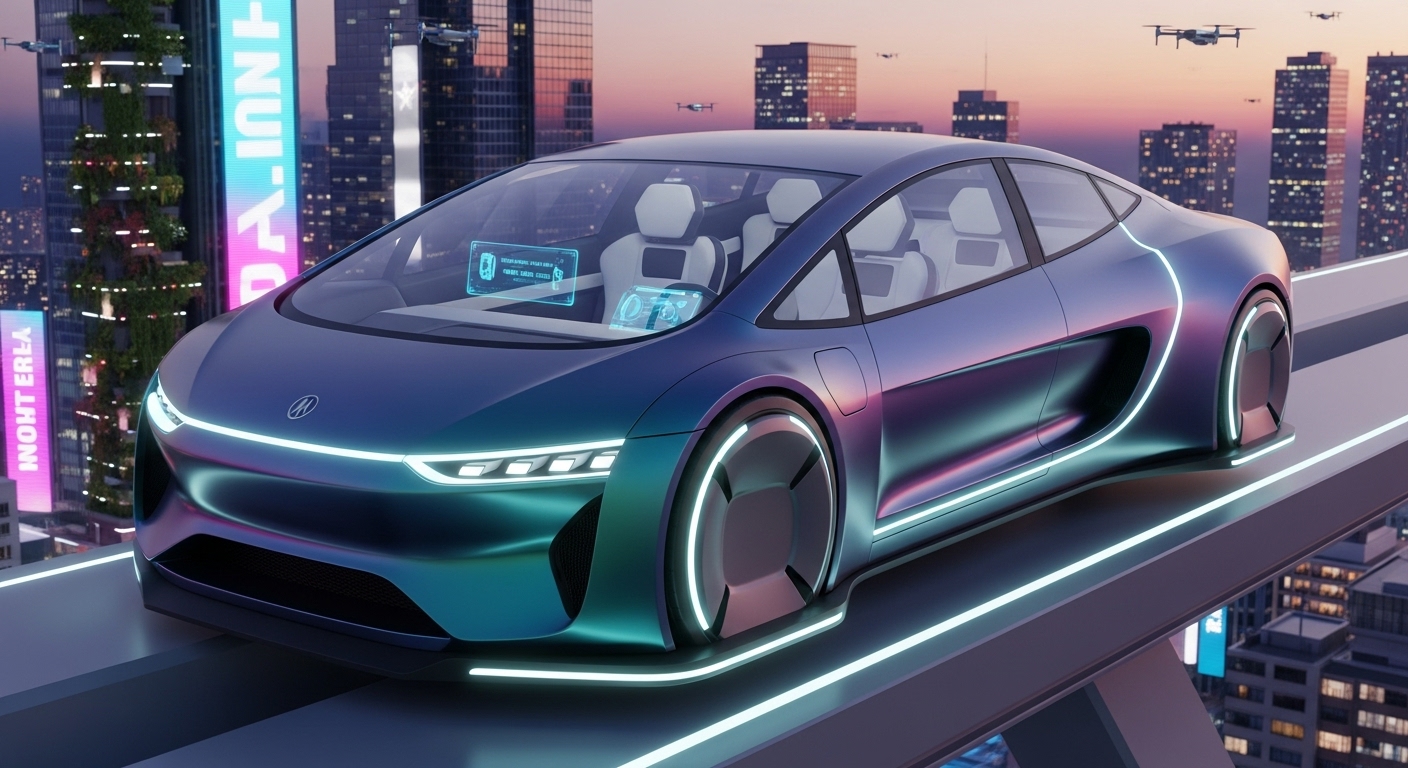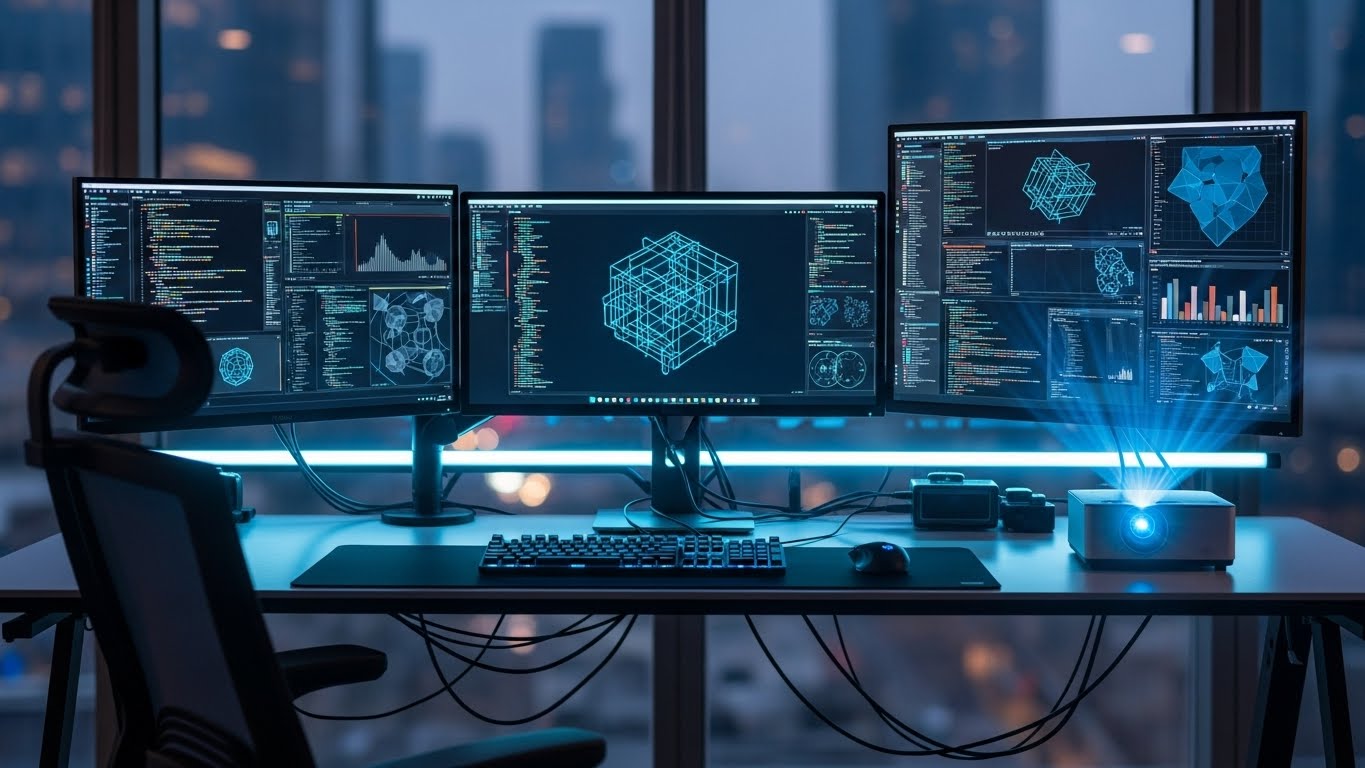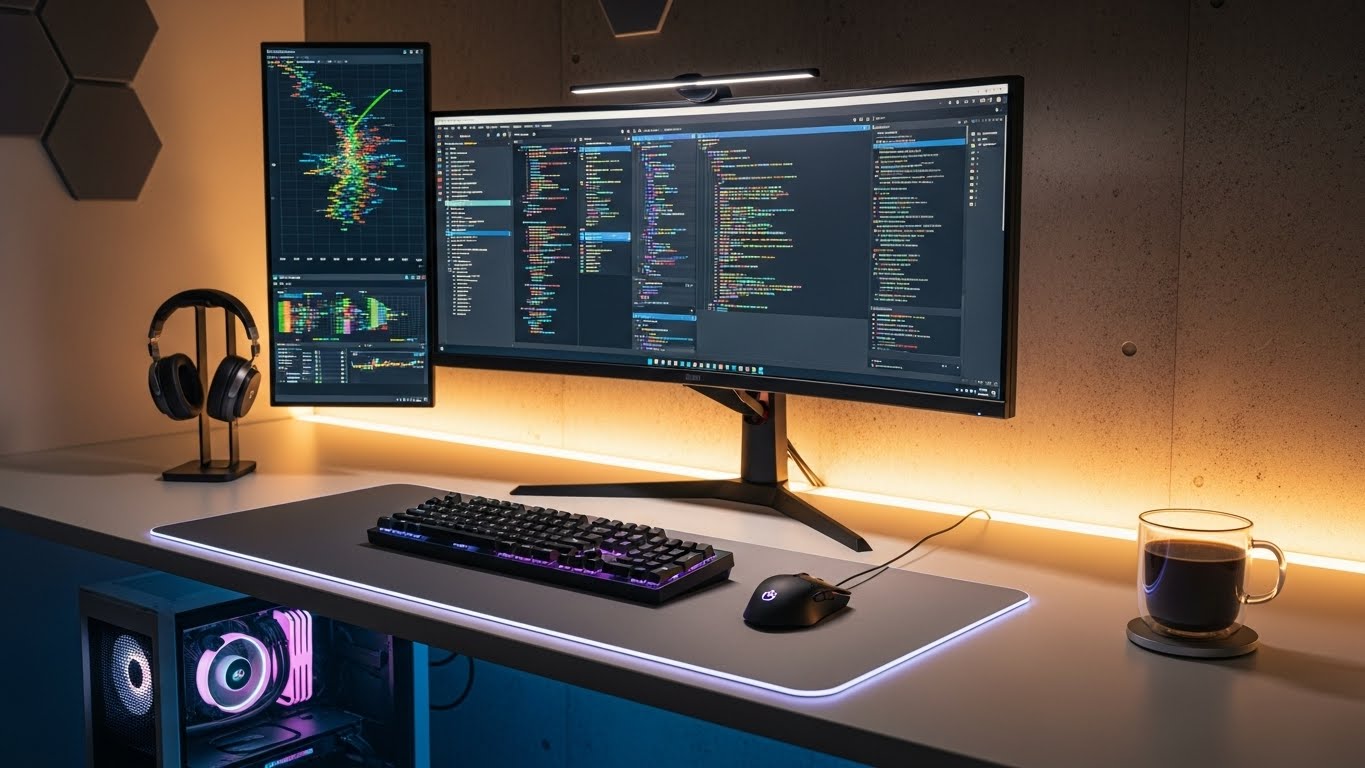Technology is evolving at an unprecedented rate. We live in a time where what seemed like science fiction just a few decades ago is now a reality. From smartphones that give us access to information in the palm of our hands, to self-driving cars that promise to revolutionize transportation, technology has reshaped almost every aspect of our daily lives. But as we continue to advance, it’s essential to ask: What does the future of technology hold?
In this blog, we will dive into the key areas that are shaping the future of technology, explore current innovations, and discuss what they mean for individuals, industries, and societies at large. We will explore emerging trends like artificial intelligence, blockchain, quantum computing, the Internet of Things, and augmented reality, and speculate about the role of these technologies in shaping tomorrow’s world.
The Rise of Artificial Intelligence: Transforming Every Industry
Artificial Intelligence (AI) is one of the most talked-about technological advancements of the 21st century. From simple automation to complex decision-making systems, AI is changing the way we work, live, and interact with machines.
AI in Healthcare
One of the most promising applications of AI is in healthcare. Artificial intelligence is already being used in various ways to assist doctors, enhance patient care, and improve medical diagnoses. Machine learning algorithms can now analyze medical images with incredible accuracy, helping doctors to detect diseases like cancer at an early stage. AI-powered chatbots are also providing 24/7 support for patients, answering common medical queries and even offering mental health support.
In addition to diagnostics, AI is also being used for drug discovery. By analyzing vast amounts of data, AI can predict how molecules will behave, which helps pharmaceutical companies speed up the development of new drugs. This technology has the potential to revolutionize the healthcare industry, making treatments faster, more affordable, and more personalized.
AI in Business and Finance
The financial sector is also experiencing a profound shift due to AI technologies. AI systems are already being used to predict stock prices, assess creditworthiness, and detect fraudulent activities. Algorithmic trading, powered by AI, can make high-frequency trading decisions in fractions of a second, offering significant advantages in the fast-paced world of financial markets.
In the business world, AI is streamlining operations. AI tools are being used to optimize supply chains, forecast demand, and automate customer service functions. For instance, AI chatbots are increasingly common in e-commerce, providing instant responses to customer queries and solving problems in real-time.
However, the rise of AI brings significant challenges. One of the major concerns is the potential for job displacement. As machines become smarter and more capable, there is a growing fear that human workers will be replaced by AI systems. This has raised important discussions about the future of work and the need for new policies, education, and training programs to prepare the workforce for the changing landscape.
Blockchain Technology: Beyond Cryptocurrency
When people hear the term “blockchain,” their first thought is often about Bitcoin or other cryptocurrencies. However, the potential of blockchain extends far beyond digital currencies. Blockchain is essentially a decentralized, distributed ledger that records transactions across many computers in such a way that the registered transactions cannot be altered retroactively without the alteration of all subsequent blocks.
Blockchain in Supply Chain Management
One of the most exciting uses of blockchain technology is in supply chain management. With traditional supply chains, there is always the risk of fraud, errors, or inefficiencies that result from a lack of transparency. Blockchain addresses this by providing a transparent, immutable record of every step in the supply chain, from raw materials to the end consumer.
For example, luxury goods companies are using blockchain to ensure that their products are not counterfeit. Consumers can track the journey of their products through a blockchain-powered system, ensuring they are authentic. Similarly, blockchain is being used to improve the traceability of food products, enabling consumers to know exactly where their food came from and whether it was produced sustainably.
Blockchain in Healthcare
Blockchain is also poised to revolutionize the healthcare sector. By creating secure and immutable patient records, blockchain could streamline the sharing of health data among healthcare providers while ensuring privacy and data integrity. Additionally, blockchain could be used for drug traceability, helping ensure that medications are genuine and have been handled properly throughout the distribution process.
Blockchain in Government and Voting
Another area where blockchain holds immense promise is in government applications. For example, blockchain could be used to ensure transparent and tamper-proof voting systems, helping reduce the risk of election fraud. In addition, blockchain can be used to create secure, transparent public records, such as land registries, which are less vulnerable to manipulation and corruption.
Despite its potential, blockchain is still in its infancy. Many of its applications are still experimental, and scalability issues need to be addressed before blockchain can become mainstream in these industries.
Quantum Computing: The Next Frontier
Quantum computing is one of the most exciting and mind-boggling areas of technological research. Unlike traditional computers that process data in binary (0s and 1s), quantum computers use quantum bits, or qubits, which can exist in multiple states at once. This allows quantum computers to perform complex calculations much faster than classical computers.
Solving Complex Problems
Quantum computing has the potential to solve problems that are currently beyond the capabilities of even the most powerful supercomputers. For example, quantum computers could help scientists simulate complex chemical reactions, leading to breakthroughs in material science, medicine, and energy production. Additionally, quantum computing could be used to crack encryption algorithms, which could have significant implications for cybersecurity.
However, quantum computing is still in the early stages of development. There are significant technical challenges to overcome, such as improving the stability of qubits and making quantum computers scalable. While quantum computers are not yet ready for practical use, the research being conducted today will likely lead to advancements that could transform industries in the future.
The Internet of Things (IoT): Connecting the World
The Internet of Things (IoT) refers to the growing network of connected devices that can communicate with each other over the internet. These devices range from household items like refrigerators and thermostats to industrial equipment like manufacturing machines and agricultural sensors.
IoT in Smart Homes
One of the most common uses of IoT technology is in the creation of smart homes. Devices such as smart thermostats, lights, security cameras, and voice assistants are becoming increasingly popular as they provide convenience, efficiency, and control. With IoT devices, homeowners can control their home environment remotely, optimizing energy usage, improving security, and creating a more comfortable living space.
IoT in Healthcare
IoT is also making waves in healthcare. Wearable devices, such as fitness trackers and smartwatches, are helping individuals monitor their health in real-time, collecting data on everything from heart rate to sleep patterns. These devices are empowering individuals to take charge of their own health while providing doctors with valuable data to assist in diagnostics and treatment plans.
Additionally, IoT devices are being used in hospitals to monitor patients’ vital signs remotely. This is especially important for elderly or chronically ill patients who require continuous monitoring but don’t necessarily need to be in a hospital at all times.
IoT in Industry
In industrial applications, IoT is helping improve efficiency and productivity. For example, IoT sensors on factory equipment can detect when machines are about to break down, allowing for predictive maintenance. In agriculture, IoT sensors monitor soil moisture levels, helping farmers optimize irrigation systems and improve crop yields.
Despite the many benefits of IoT, security is a major concern. As more devices become interconnected, the potential for cyberattacks increases. It is critical that companies and consumers take steps to secure their IoT devices and protect sensitive data.
Augmented Reality (AR) and Virtual Reality (VR): Redefining Experiences
Augmented Reality (AR) and Virtual Reality (VR) are technologies that immerse users in digital experiences, either by augmenting the real world (AR) or by creating entirely new digital environments (VR). Both AR and VR have the potential to revolutionize industries such as entertainment, healthcare, education, and retail.
AR and VR in Entertainment
The entertainment industry has been one of the first to adopt AR and VR technologies. VR gaming allows players to step into immersive worlds, creating experiences that are far more engaging than traditional gaming. Similarly, AR applications are transforming mobile gaming, allowing users to interact with virtual objects that appear to exist in the real world.
In addition to gaming, AR and VR are enhancing other forms of entertainment, such as concerts, sports events, and theme parks. Imagine watching a live concert in VR as though you were sitting front-row, or attending a virtual sports event with 360-degree views of the action. These immersive experiences are reshaping how we experience entertainment.
AR and VR in Education
In education, AR and VR are being used to create interactive learning experiences. VR can take students on virtual field trips to historical sites or distant planets, providing them with experiences they would not be able to have in a traditional classroom setting. AR can overlay additional information onto real-world objects, helping students learn about everything from anatomy to geography in a more hands-on and interactive way.
The Future of Work: Automation and Collaboration
One of the key challenges facing the future of technology is how it will affect the workforce. Automation is already replacing many low-skilled jobs, and as AI and robotics continue to improve, more industries will likely see significant job displacement. However, technology also holds the potential to create new jobs and transform existing ones.
In the future, workers will need to adapt to an increasingly digital world, and new skills will be in high demand. Collaboration tools powered by AI and automation will allow people to work more efficiently, but the need for human creativity, problem-solving, and emotional intelligence will remain essential.



